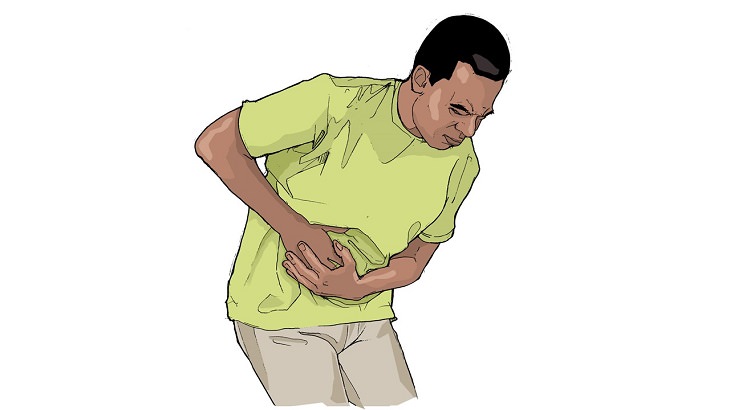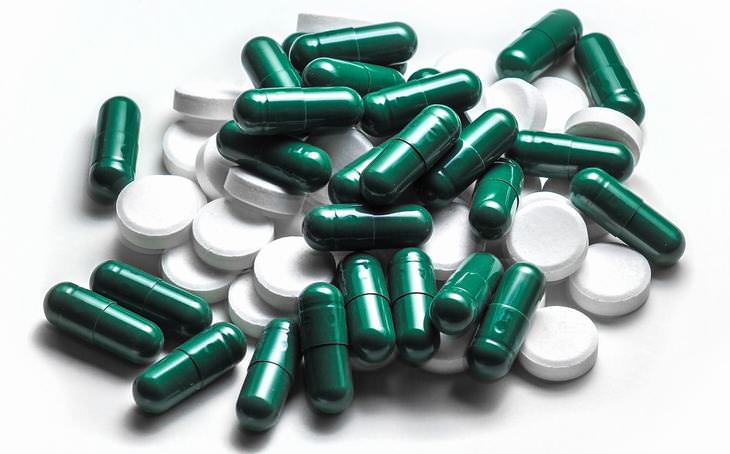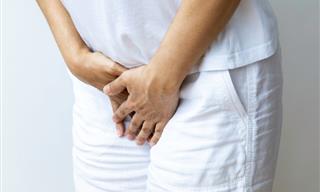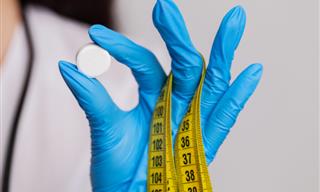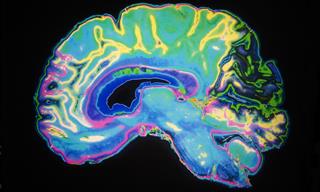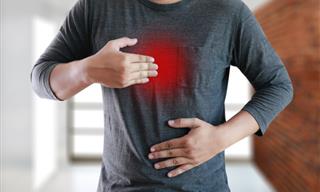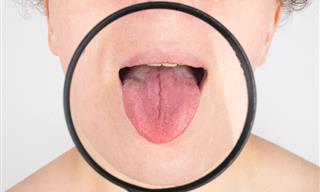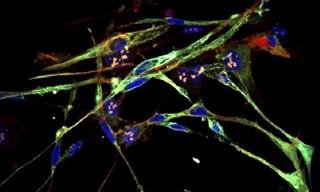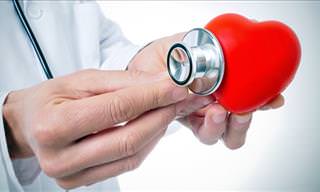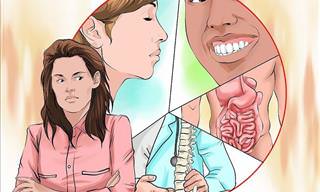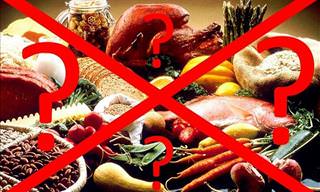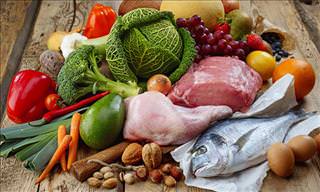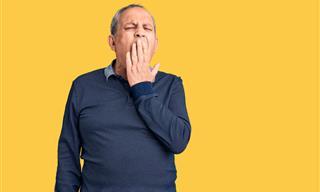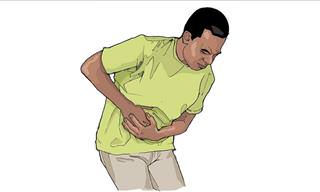Crohn’s is a disease that has only very recently been understood, yet its incidence is increasing all the time. In 2010 an estimated 35,000 people died of the chronic affliction, and around 3.2 of every 1000 people are affected throughout Europe and North America: that is about 33 million sufferers. It is therefore vitally important that you get to know the warning signs of this disease. This useful guide will answer all of your questions.
Note: This informative article is not a substitute for the advice of a medical profession. If you suspect you may be suffering from Crohn’s and have experienced at least one of the listed symptoms, you must contact and see your doctor immediately.
Crohn's Disease Explained
Dr. Burrill B. Crohn (1884-1983) was a remarkable Jewish-American doctor who practiced until aged 90, during which time he accurately described the disease ‘regional ileitis’ (or ‘regional enteritis’), which, against his will, has since become known as ‘Crohn’s Disease’.
Crohn’s is a chronic inflammatory bowel disease (IBD), affecting the gastrointestinal (GI) tract anywhere from the mouth, esophagus, stomach, small/large intestines to the anal region. Though the most common location is the final part of the small intestine (ileum) or the first portion of the colon or large intestine (cecum).
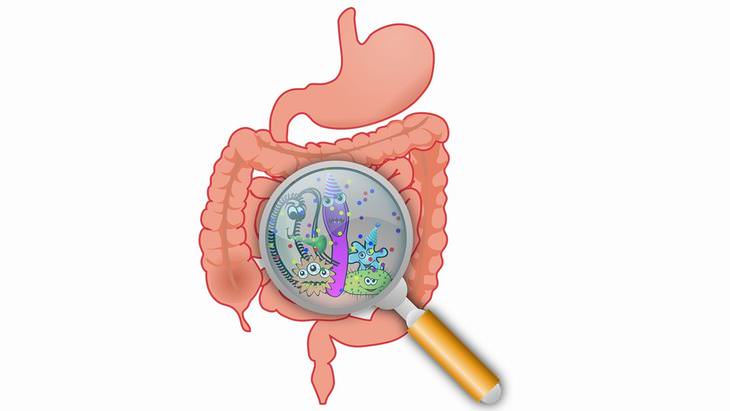 Typically, inflammation (redness) from a recent injury results when your immune system responds by attempting to eradicate bacteria and viruses from a wound. When this task is complete the immune system ‘switches off’. If this occurs in the GI but the immune system fails to ‘switch off’ inflammation grows and creates ulcers. Ulcers can also lead to an abscess outside the gastrointestinal tract.
Typically, inflammation (redness) from a recent injury results when your immune system responds by attempting to eradicate bacteria and viruses from a wound. When this task is complete the immune system ‘switches off’. If this occurs in the GI but the immune system fails to ‘switch off’ inflammation grows and creates ulcers. Ulcers can also lead to an abscess outside the gastrointestinal tract.
Anyone at any age can suffer, though in children it is much rarer. It is also considered relatively rare in Asian people, yet more common in Jewish people originating from Eastern Europe.
Symptoms
 There are two categories of symptoms. The first pertain to the inflammation and ulcers in the GI. Sufferers commonly experience:
There are two categories of symptoms. The first pertain to the inflammation and ulcers in the GI. Sufferers commonly experience: - Diarrhea (which may be bloody and frequent)
- Crampy abdominal pains
- Weight loss
- Fever
- Vomiting
- Appetite loss
- Rectal bleeding
- Fatigue
- Anal tags/ulcers
The second category of symptoms pertain to problems beyond the GI, such as:
- Joint pain
- Liver inflammation
- Osteoporosis
- Skin problems
- Eye problems
- Mouth ulcers
- Anemia
Causes
The cause of Crohn’s disease remains unknown. Though there are three risk factors which medical professionals have determined.
1 - Genetic disposition: Some genes have been said to cause the disease, but no one gene in particular.
2 - Environmental factors: Bacteria in our environment or diet may cause the initial inflammations that cause the immune system to overreact. Smoking is also considered such a cause.
3 - Dysregulated immune system: Either the immune system is unrestrained and cannot stop, or it’s weak and cannot react effectively.
Diagnoses

Blood Test: A blood test can determine whether you have Crohn’s by assessing the quantity of your red and white blood cells. A high white blood cell count and a low red blood cell count (anemia) are associated with Crohn’s.
Colonoscopy: To find evidence of ulcers or inflammation of the GI, doctors will use a colonoscopy. This is a test that enables the doctor to inspect the inner lining of the large intestine, using a thin and flexible tube.
CT scan: To find out whether Crohn’s has spread into an abscess they will take a CT scan. Formerly known as a CAT scan this is an X-ray procedure that combines many images with a computer to create a cross-sectional view of the body, including 3-D images of internal organs.
Cures and Treatments
There is no cure for Crohn’s disease, thus it is known as a chronic illness (from chronos - Greek for time, indicating that the disease persists). However modern treatment is excellent, allowing patients to lead a normal life, with only a slightly reduced age expectancy.
Although surgery might be necessary in severe cases to remove affected areas of the intestines, doctors will always prescribe a permanent course of antibiotics and anti-inflammatory tablets, which will control the majority of symptoms. However, the disease can occasionally flare up again, upon which patients must consult their doctor.
Prevention
 Crohn's can happen to anyone at any time, therefore it is imperative that we take preventative steps to prepare our bodies.
Crohn's can happen to anyone at any time, therefore it is imperative that we take preventative steps to prepare our bodies. 1 - Quit smoking: Since smoking is seen as a potential cause of Crohn’s, it is important to start yourself on the path to quitting cigarettes.
3 - Avoid unprescribed medicine: Do not use antibiotics unless they have been prescribed to you.
5 - Bonus: Curiously, some of the more unusual preventatives for Crohn’s include açai berries and even tequila!
Foods Crohn's Sufferers Must Avoid
If you do suffer from Crohn’s you will have to watch what you eat – avoiding all of these 10 food items.
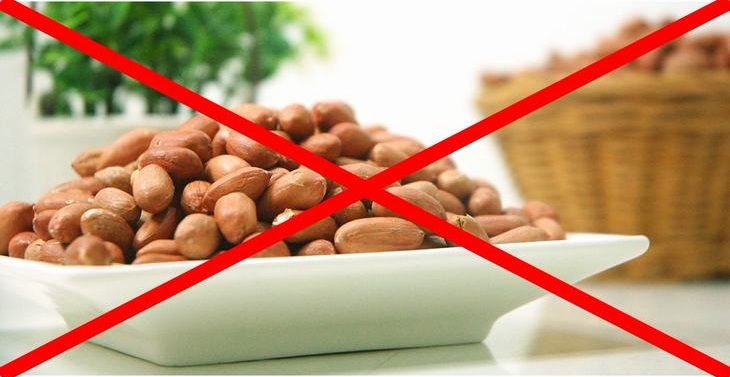 1. Nuts – Crohn’s sufferers can’t masticate raw nuts enough to reap their benefits
1. Nuts – Crohn’s sufferers can’t masticate raw nuts enough to reap their benefits
2. Vegetable and fruit skins – Their raw peel or skin is too hard to digest
3. Popcorn – Although a whole grain, popcorn is the very hardest to digest

4. Fried food – Its greasiness makes it very hard to digest
5. Cured meat – Crohn’s sufferers need protein, yet cured fatty meat lacks protein and its high fat content aggravates diarrhea.
6. Seeds – Foods with seeds such as strawberries are a no-no, because the seeds can’t be digested easily.
7. Tomatoes – Tomatoes are very destructive for Crohn’s sufferers, due to their seeds, skin and acidity.
8. Coffee, chocolate, caffeine – Anything that contains caffeine is considered too dangerous for Crohn’s patients.
9. Alcohol – To avoid a flare up it is best to avoid alcohol.
10. Dairy – Cow’s milk and common cheeses are to be avoided since Crohn’s sufferers can be lactose intolerant. Yet aged, hard cheeses contain less lactose so can be used more often. Soy or almond milk should be considered as alternatives to cow’s milk.
 Go to BabaMail
Go to BabaMail


